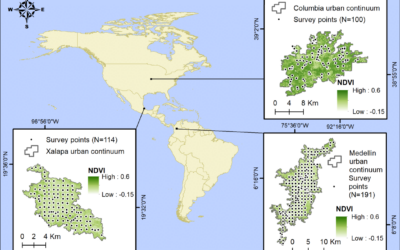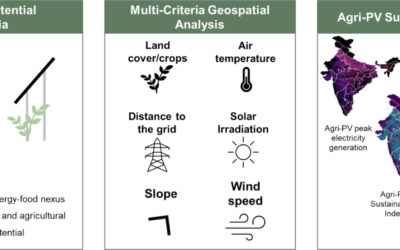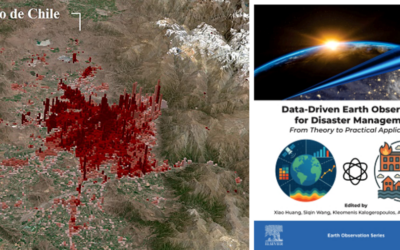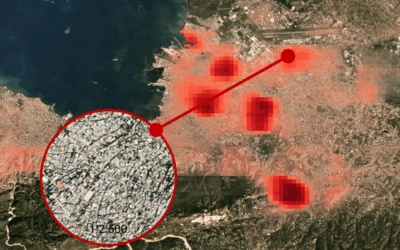New publication on urban patterns from space comparing France and Germany
Researchers from the München University of Applied Sciences, the Earth Observation Center (EOC) of the German Aerospace Center (DLR) in Oberpfaffenhofen and our Earth Observation Research Cluster of the University of Würzburg teamed up to analyze whether the centralist and federal administrative systems of France and Germany are reflected in the settlement patterns. The paper titled “Urban Patterns from Space: A Remote Sensing Based Comparison Between France and Germany” was just published in the KN – Journal of Cartography and Geographic Information by Andreas Schmitt, Teresa Haselmayr, and Hannes Taubenböck.
Here is the abstract:
This article presents two novel methods on how to derive and visualise settlement patterns from space: a non-parametric approach called multi-scale homogeneity and a parametric, unsupervised approach known as hierarchical multi-scale clustering that models the urban clusters with the help of Gaussian bell curves. The main advantage of remote sensing based acquisition and fully automated evaluation methods is their consistency over large coverages. The Global Urban FootprintDensity (GUF-DenS) indicating the degree of impervious surfaces worldwide serves as database. The geographical focus lies on the neighbouring central-European countries France and Germany. Assuming that the centralist and federal administrative systems resulting from the individual history show a certain impact on the urban patterns, both countries are first examined separately, then together as union. The numerical comparison proofs the expected differences: the settlement pattern of the capital Paris as the largest metropolitan region in France is dominating, whereas several economic clusters of more of less similar size like Rhine–Ruhr and Rhine–Main characterise the German urban landscape. The most interesting and unexpected findings are located along the border, where neighbouring urban ellipses overlay in the separate processing and form transnational clusters when processed as union. One can interpret that the national border does not play a role in the urban development (any longer). The temporal change of the settlement patterns as effect of the regional planning strategies or the opening of the inner-European border cannot be derived from the mono-temporal GUF-DenS and thus, will be subject to future studies.
Here is the link to the full paper: https://link.springer.com/article/10.1007/s42489-024-00173-x









